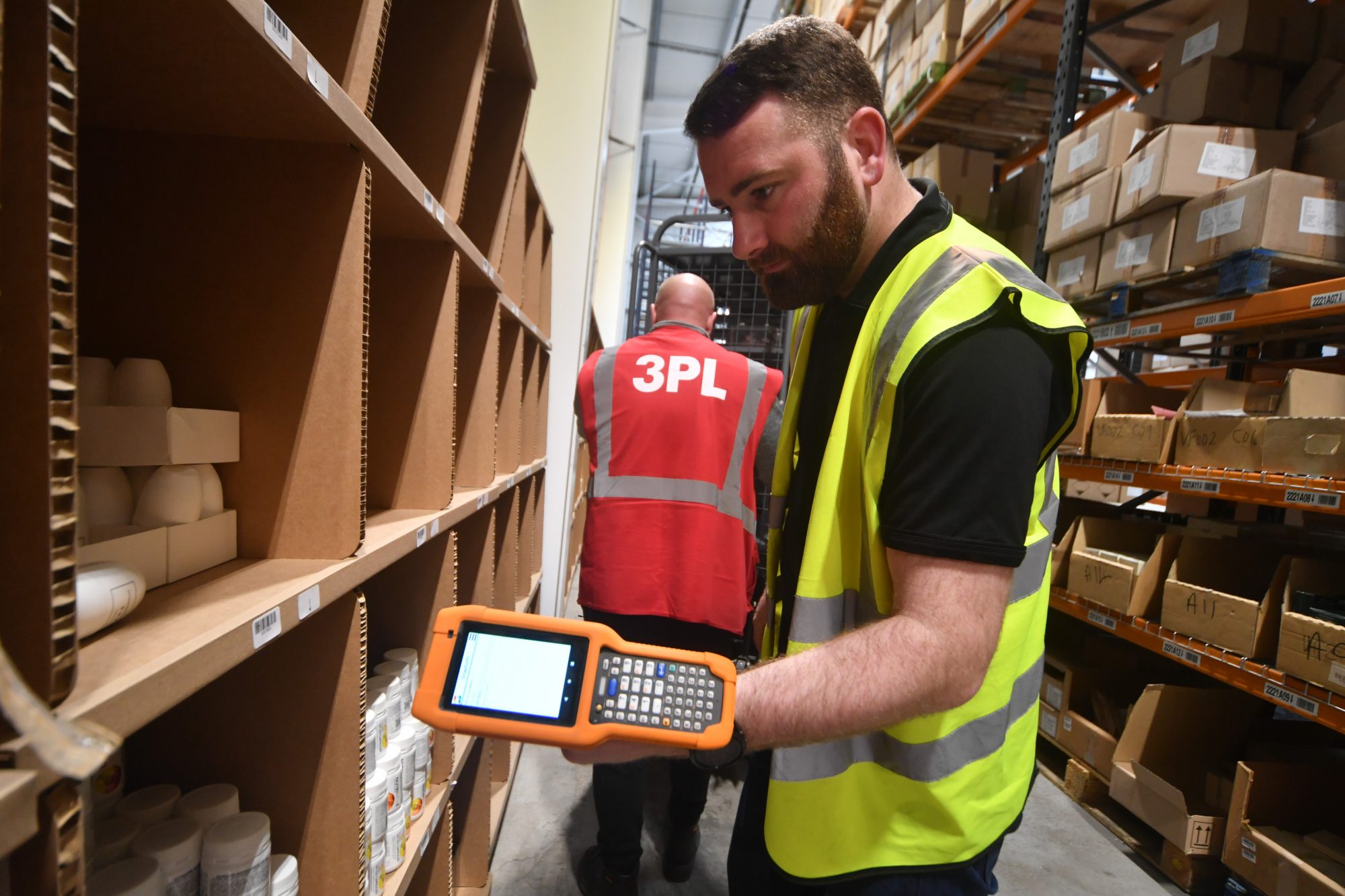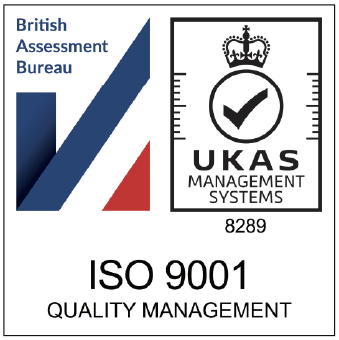If you want to create a streamlined, efficient and above all effective fulfilment process for your business, then you need to ensure that you’re using the most effective pick and pack strategy. To find out which pick and pack strategy is most effective for you, keep reading…
What is pick and pack fulfilment?
The pick and pack fulfilment process is the first stage in the overall fulfilment process, following the receipt and confirmation of an order. It refers to the process whereby the items that have been ordered are picked and then packed by a warehouse/fulfilment team.
Whilst the act of picking and packing an order may sound simple, it’s in fact more complex than many people realise and if not carried out correctly can result in order delays, inaccuracies, the delivery of damaged goods and more.
So, it’s vital that your pick and pack fulfilment process is accurate, efficient and effective.
What are the different pick and pack fulfilment strategies?
Whilst the concept of picking and packing orders sounds straightforward, there are actually a number of different pick and pack strategies; each of which lends itself to certain types and sizes of business and industry.
Below, we’ve outlined the most commonly used pick and pack fulfilment strategies.
Batch picking
Batch picking involves members of your fulfilment team going out into your warehouse and picking the items for multiple orders at once.
Your fulfilment team members will effectively be walking around your warehouse building up multiple orders as they go along.
This can help create efficiencies as they are not continually retracing their steps.
Piece picking
In contrast to batch picking, piece picking involves the members of your fulfilment team picking out items for individual orders, one at a time.
This piece picking strategy generally lends itself better to smaller eCommerce operations that have a lower overall volume of orders. It’s also a good pick and pack strategy if you tend to sell large items on a mostly individual basis.
Zone picking
Zone picking is, as the name suggests, a picking strategy that involves your fulfilment team members being assigned to specific zones within your warehouse.
Those team members are instructed only to collect items for orders from their assigned zone. If an item is required from another zone, then the team member ‘hands off’ the order as it stands on to a team member in the other, relevant zone.
Zone picking is generally more suited for larger operations, where large warehouses are in operation. With the addition of conveyor belts, a zone picking strategy can make picking at scale far more efficient.
Wave picking
The wave picking strategy combines the best of both batch picking and zone picking methods, ensuring that fulfilment team members stay within their designated zones, but simultaneously picking items for more than one order at a time.
Whilst wave picking does improve shipping time, reduce bottlenecks and is all-round highly efficient, it does require in-depth and complex data analysis – as such, it’s more suited to larger scale eCommerce businesses.
How to improve your pick and pack fulfilment operations
Regardless of the specific picking and packing strategy that you select, there are a number of overall best practices that you can use to improve the accuracy and efficiency of your pick and pack fulfilment operations.
The 3PL team has outlined their top tips for improving your pick and pack fulfilment operations below.
Don’t mix SKUs!
If you tend to store your inventory in a series of bins and boxes, it may be tempting to store multiple different small items in single bins.
But, don’t! It’s a recipe for picking disaster!
Not only does placing multiple different SKUs into a single bin reduce productivity (your pickers will have to spend time sorting through items in the bin), but it’s likely to lead to more incorrectly picked orders – resulting in unhappy customers, returns, refunds and more.
Whilst you may save some space by placing different SKUs into single bins, in the long run, you’ll regret it!
Think about placement of inventory
This is a difficult one, but it will certainly pay off. Give some serious thought about where the inventory gets placed in your warehouse.
Think of it this way – you don’t want your pickers to have to walk five minutes from picking up one item, to another.
Although it’s certainly easier to order your inventory based on SKU numbers etc, it’s actually far more efficient to order it based on items that are frequently ordered together. For example, if you stock stationery, then it makes sense to place pens close to pads and notebooks.
Consider inventory turnover speed
Do you have any particularly fast-moving items of inventory? Equally, do you have some inventory which takes much longer to sell?
If so, make sure you place your fast-moving, popular items of inventory in prime areas within your warehouse – those areas that are close to packing stations and which are easy to access.
Likewise, if you have slower, less-popular items of inventory then move them to the less accessible parts of your warehouse.
Use the right racks
In addition to thinking about where to place your popular and less-popular items of inventory, give some thought to the type of racking you have in your warehouse.
Racks such as floor racks are far easier and faster for pickers to access on foot. On the other hand, if you’re planning on automating some or all of your picking process, then elevated racks are far easier to use in conjunction with conveyor belts and automated picking systems.
Use RFID
RFID – which stands for radio frequency identification – is a system which uses handsets and chips equipped with small antennas to track location of inventory throughout a warehouse.
Whilst RFID is an investment, it will generally pay for itself as it provides real-time information on the location of inventory to your picking teams, vastly improving productivity and efficiency.
RFID is particularly useful once you are operating at scale and have a large warehouse or even multiple warehouses.
Outsource your picking and packing
If you want to benefit from the very best picking and packing fulfilment strategy then it’s recommended that you outsource your picking and packing to a 3PL.
A 3PL (otherwise known as a third-party logistics provider), is a company that specialises in carrying out pick and pack fulfilment on behalf of other companies.
Pick the right provider – like ourselves here at 3PL – and you’ll find that your picking and packing fulfilment is carried out in the most efficient and accurate way possible, leaving you free to focus on what you do best, marketing and selling your amazing products!
Find out more about 3PL’s pick and pack fulfilment services today
For more eCommerce fulfilment, logistics and shipping advice, read the 3PL blog…
What Actually Happens During the Pick and Pack Operation? | What Is an Order Fulfilment Strategy? | What Is eCommerce Fulfilment and How Does It Work?
Speak to 3PL about your order fulfiment
It’s time to supercharge your business and overtake your competitors. Speak to 3PL today and find out how we can take your ecommerce and B2B fulfilment to the next level.


